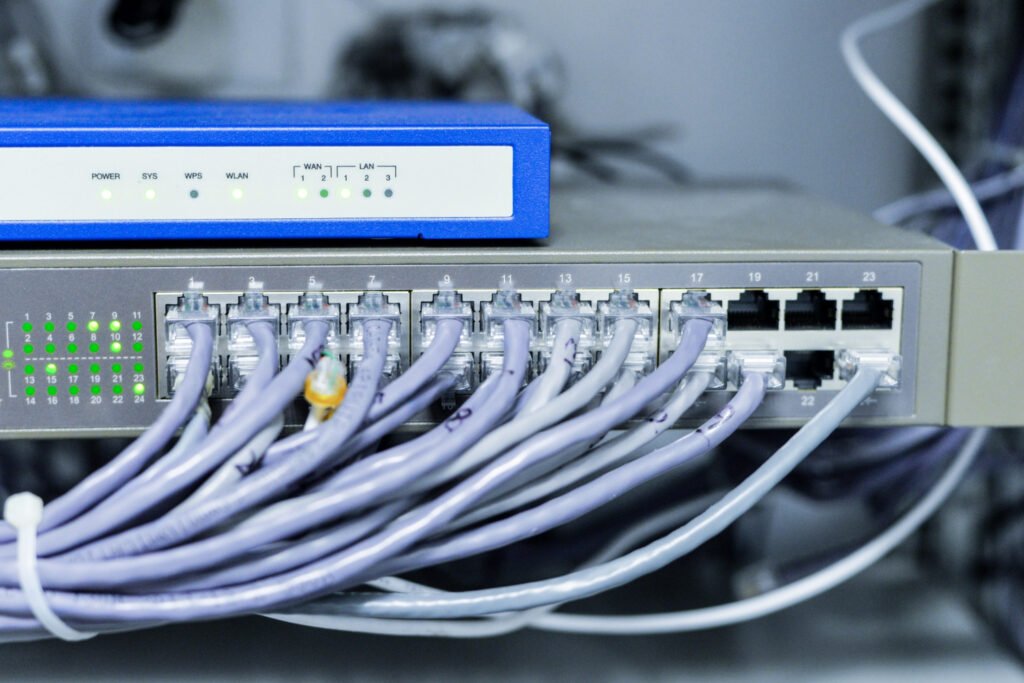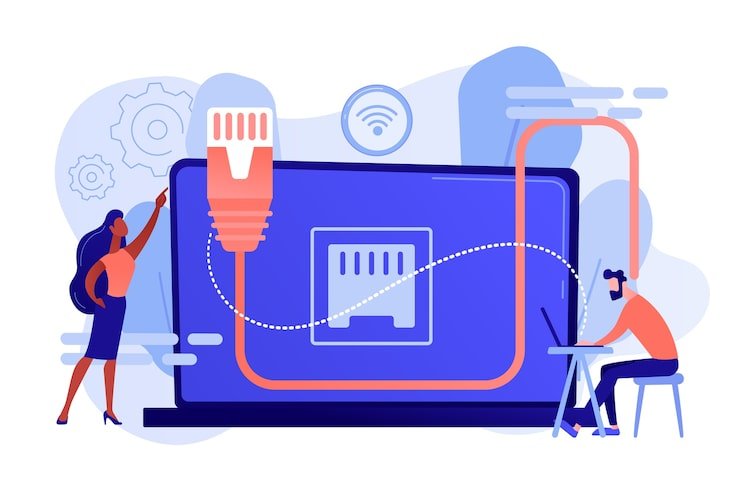Introduction
The IP address 10.24.1.53 belongs to the private IPv4 range, often used as a local IP address inside LAN networks. Network devices use 10.24.1.53 as an internal IP address, allowing them to communicate securely while keeping their details hidden from the internet. Many routers or systems may display 10.24 1.53 flo lite or similar formats when showing connection details.
1. What Is 10.24.1.53?
10.24.1.53 is an IPv4 address. It falls under the 10.0.0.0–10.255.255.255 range, set aside for private IP addresses. These addresses are used inside local networks—they are not visible on the Internet.
2. Why It’s Called a Private, Local, or Internal IP Address
This address is not meant for public or external use. It’s known as a private, local, or internal IP address because it only works within a LAN. Devices using this address don’t connect directly to the broader Internet.
3. The Role of NAT in Your Network
To access the Internet, devices with private IPs rely on Network Address Translation (NAT). NAT hides the private address (like 10.24.1.53) behind a public IP. This allows external communication while keeping the device secure and hidden.

4. Real Uses of 10.24.1.53
In everyday networks—home, school, or office—a device might get 10.24.1.53 assigned. It could be your laptop, printer, smart TV, or router. If you open your browser and type, you may access your router’s admin page—especially if the router uses it as its IP.
5. How It Fits into IPv4 Addressing and Subnets
10.24.1.53 belongs to a Class A private subnet, typically paired with a mask such as 255.255.255.0 for 10.24.1.0/24 networks. That means devices within 10.24.1.x can easily communicate.
6. DHCP vs Static Assignment
- Dynamic (DHCP): The router’s DHCP server automatically assigns 10.24.1.53 to a device when it connects.
- Static: You manually assign 10.24.1.53 to a device. This is handy for important devices, like printers or servers, that need a stable address.
7. Benefits of Using 10.24.1.53
- Security: Devices stay hidden from online threats.
- Cost-Efficient: No need for extra public IP addresses.
- Reusable: Same private IPs can be used in different networks without collision.
- Organized Networks: Easier device management in LANs.
8. Common Issues and Troubleshooting
IP Conflicts: Two devices may accidentally share 10.24.1.53. Fix: Reserve or manually set addresses carefully.
Subnet Mismatch: If the netmask is wrong, devices may not connect. Double-check subnet settings.
Firewall Restrictions: Internal firewalls may block traffic to or from 10.24.1 53. Adjust rules if needed.
Access Errors: If using to reach your device fails, make sure the device is indeed using that IP and the port is open.

9. Comparison with Other Private IP Ranges
Other ranges include:
- 172.16.0.0 – 172.31.255.255
- 192.168.0.0 – 192.168.255.255
But 10.x.x.x (like 10.24.1.53) offers the largest pool. It suits larger or more complex networks.
10. The Bigger Picture: IPv4 Shortage & IPv6
IPv4 addresses are limited. Private IPs like 10.24.1.53 help conserve the public pool. Yet the future is IPv6, which has far more addresses. Still, IPv4 private networks remain widespread, especially in homes and small businesses.
11. Best Practices for Using 10.24.1.53
- Document IP assignments to avoid conflicts.
- Secure router access with strong passwords.
- Segment networks (e.g., via VLANs) for sensitive devices.
- Keep firmware updated for security.
- Monitor internal traffic to spot issues early.
Conclusion
10.24.1.53 is more than just a number. It’s a private IPv4 address used in internal networks. It keeps devices safe, allows scalable networking, and helps manage device roles. Whether assigned by DHCP or set manually, it plays a central role in your LAN.
Understanding it helps with troubleshooting, planning, and securing your network. Even as IPv6 grows, private IPv4 like 10.24.1.53 will stay relevant.
FAQs
1. Is 10.24.1.53 a public or private IP?
It’s a private IP address, used only inside local networks—not on the public internet.
2. Can I access 10.24.1.53 from the Internet?
No. This private address can only be reached from within your LAN unless special access (like port forwarding or VPN) is set up.
3. How do I assign 10.24.1.53 to a device?
Either via DHCP (automatic) or manually with static IP settings in your device’s network configuration.
4. What do I do if two devices have the same IP?
Avoid IP conflicts by reserving addresses in DHCP or assigning static IPs carefully.
5. Why use 10.24.1.53 instead of 192.168.x.x?
The 10.x.x.x range offers more addresses and is better for larger internal systems. It fits bigger or layered networks better.


